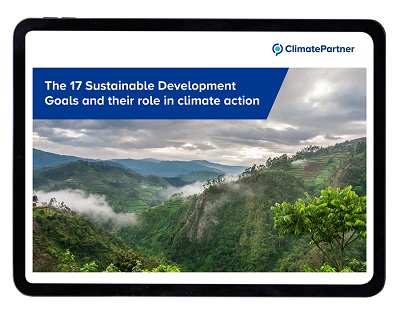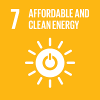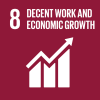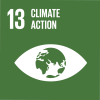Advancing renewable energy in Africa
Project portfolio: emPOWERing Africa

How climate projects unlock the potential for renewable energy in Africa
According to a report by the Intergovernmental Panel on Climate Change (IPCC) some of the hotspots where people have been disproportionately affected by the impacts of climate change are found on the African continent. Increasing weather and climate extreme events have exposed people to acute food insecurity and reduced water security.
Besides facing these challenges, the African continent has an immense amount of unused sustainable resources available to provide energy to the rapidly growing cities as well as to rural households: solar and wind are the typical renewable sources that can contribute to a secure energy supply in many regions. However, the necessary finance and the technical know-how to implement the technologies are often lacking.
To utilize the great potential of renewable energies, climate projects come into play. They close the financing gap, verifiably contribute to reducing CO2 emissions, promote technology transfer and bring the global community closer to the United Nations Sustainable Development Goals (SDGs).
The ClimatePartner project portfolio #2030 emPOWERing Africa includes various renewable energy technologies in different countries in Africa.
The advantages at a glance:
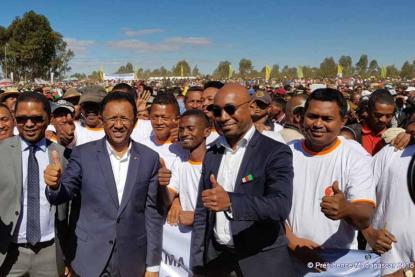
Solar energy for Madagascar
In Madagascar, a least developed country, only every fifth person has access to energy. With 73,008 photovoltaic panels, the project is the first large-scale solar PV power plant on the island and promotes the expansion of renewable energies, ensures a more reliable power supply, and reduces the island nation's dependence on energy imports.
This avoids about 23,340 tonnes of CO2 emissions per year.
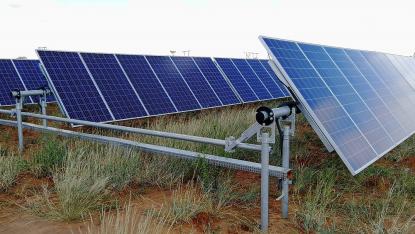
Improving Namibia's energy self-sufficiency
Namibia depends for more than 60 percent of its energy supply on the import from the South African grid, which is mainly fed by fossil fuels. The solar plant built in 2017 replaces about 26.6 GWh of this fossil-fueled energy, uses solar energy as a climate-friendly alternative, and reduces Namibia’s electricity dependency on South Africa.
The project saves about 26,200 tonnes of CO2 emissions per year.
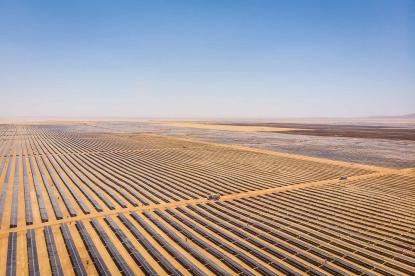
Safer energy supply in Egypt
In recent years, Egypt is facing a serious shortage of electricity due to the inadequate supply of electricity, which has caused negative impacts on the economy. Fair economic growth requires clean energy. To ensure this and reduce the country's serious power shortage, this project feeds green energy into the national grid, avoiding about 77,940 tonnes of CO2 emissions per year.
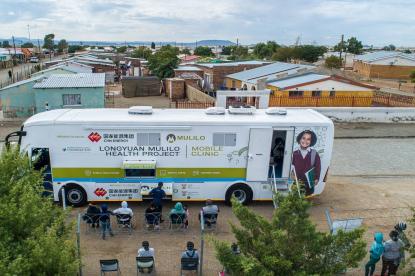
A windfarm for people and the environment in South Africa
This wind farm replaces a part of the fossil energy in the power grid and thus avoids about 286,750 tonnes of CO2 emissions annually. The project also finances a mobile health station, various educational programmes, and the rehabilitation of boreholes for clean water in the area.
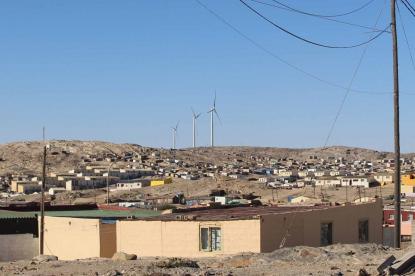
Namibia’s coastal wind generates clean energy
Near the town of Lüderitz, three wind turbines are adding more clean energy to the country's electricity mix. The project not only improves the country's energy self-sufficiency but also creates jobs, improves road development in the region, and saves about 32,460 tonnes of CO2 emissions per year.
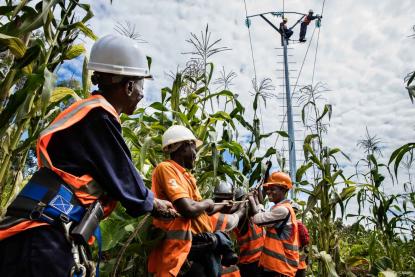
Hydropower in DR Congo
Just outside Africa's oldest national park, the Virunga National Park, a hydropower plant was built thanks to this climate project. Insider the power plant, three turbines are driven by the waterpower of the Rutshuru River, generating about 90,360 MWh of renewable energy per year. The renewable energy project increases the share of green energy in the electricity grid and helps to improve the energy self-sufficiency of the Democratic Republic of Congo.
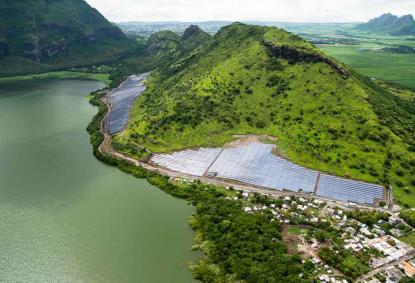
Solar energy for Mauritius
By facilitating the construction and operation of Mauritius‘ first large scale solar power plant, this project saves carbon emissions and improves the local population‘s supply with renewable energy. Thanks to carbon finance, a local enterprise was able to build a 15 MW solar power plant. The plant produces an average of 22,648 MWh per year, which is fed into the national grid. This supplies 35,000 local residents with renewable energy and accounts for 2% of Mauritius' electricity production.
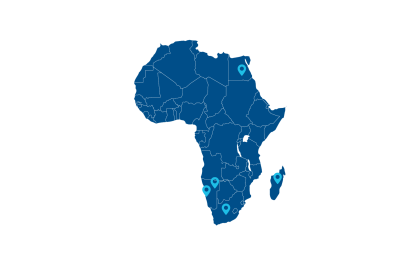
Supporting project activities in various locations around Africa
Whether secured, temporary or non-existent: the differences in energy supply in African countries are immense. Especially in sub-Saharan countries, there are enormous numbers of households without electricity supply, let alone access to green energy.
Therefore, most of the portfolio's project activities are implemented in Southern African countries. The wind power plants are located inland in South Africa and on the coast of Namibia. Thanks to climate projects, solar parks have also been implemented in Namibia as well as in Madagascar and Egypt.
A contribution to sustainable development
Climate projects are much more than just saving CO2 emissions. The renewable energy projects in this portfolio make an important contribution to the 2030 Agenda and the UN Sustainable Development Goals (SDGs) by contributing to the energy transition. The shift towards a secure, sustainable energy supply is the basis for many other aspects of a just, sustainable future.
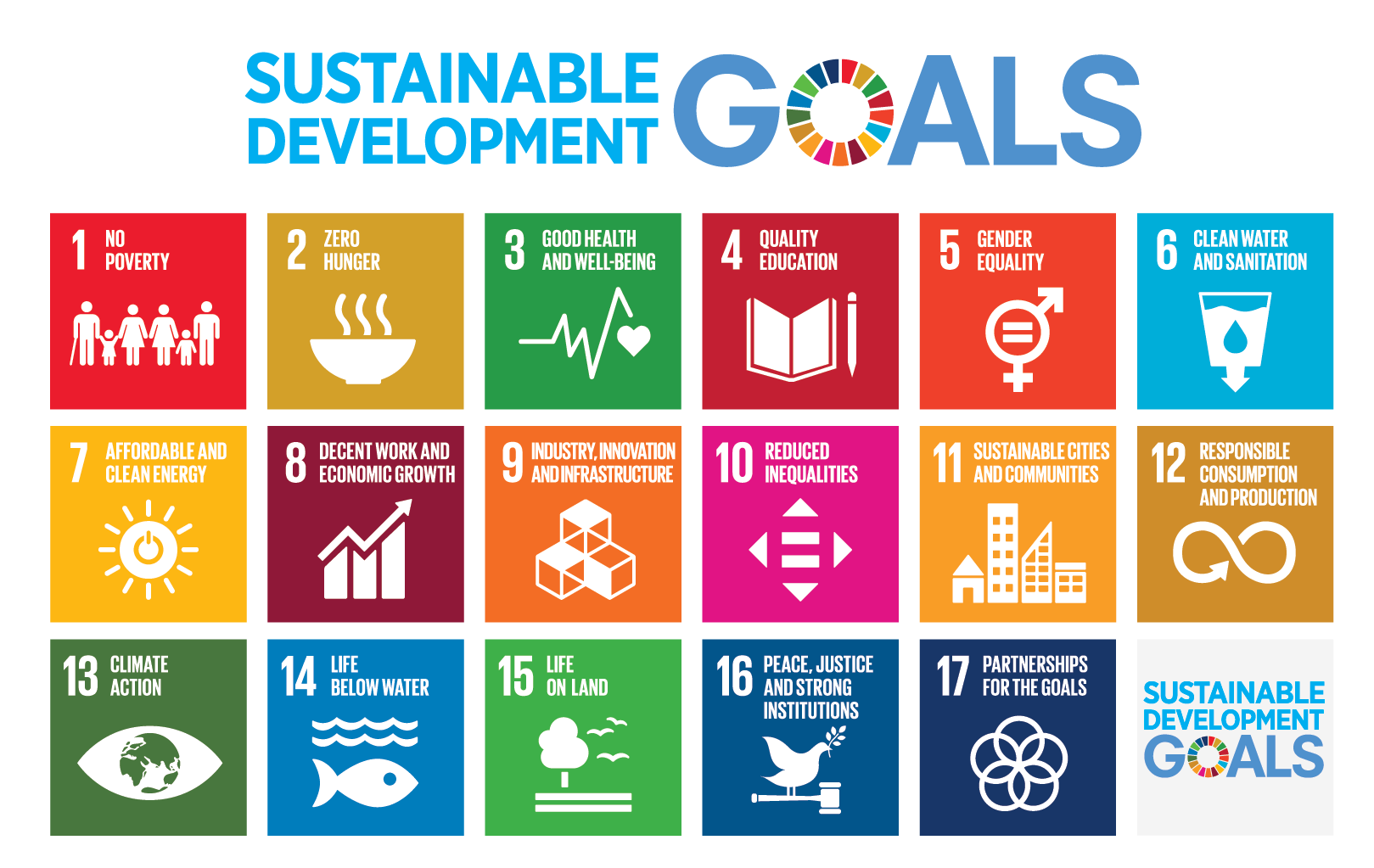
Many standards that certify and manage climate projects require projects to contribute to at least three of the seventeen SDGs. The contribution of a project to different SDGs shows its social, environmental, as well as economic impact. You can find more information in our free e-book on the SDGs.
|
The 17 Sustainable Development Goals of the United Nations (SDGs) enable your company to make this social and ecological contribution visible by financing projects that improve people’s lives and protect our planet. In this e-book, we show how you and your company can make a big impact by choosing the right climate projects for you. |
|
|
| Download e-book |
The ClimatePartner portfolio #2030 contributes to achieving the following SDGs:
SDG 7 in focus: Affordable and clean energy for all by 2030
With its focus on renewable energy, the ClimatePartner project portfolio #2030 contributes in particular to SDG 7 "Ensure access to affordable, reliable, sustainable and modern energy for all".
A trend towards higher energy efficiency and better access to energy services is already visible worldwide. However, major efforts are still needed to increase the share of renewable energy and expand access to clean technologies.
Our portfolio pays towards SDG 7 by:
- providing access to clean energy to a part of the African continent's population
- contributing to increasing the share of renewable energy in the overall consumption
- generating financial flows for the implementation of clean energy technologies
- increasing installed energy capacity in developing countries
Have questions on the portfolio ? Fire away!Contact us
